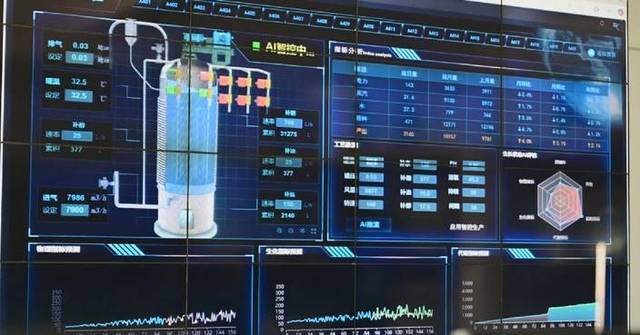i first read this as industrial feminization process
Going to the femboy factory, y’all want anything?
yes please
The eyes see what they want to see
it’s not like i have detailed plans about how such a thing could be done or anything.

China is using AI to do Factorio and we’re using it to imprison kids and extract surplus value from gooners
Such a great illustration of how existing material conditions influence the way technology is developed.
important to say they are talking about machine learning that we’ve been using forever, not LLM/GenAI slop machines
could you edit title to make it clear they’re using machine learning and other much older branches of “AI” research to do this, not GenAI like many people will assume nowadays when they see AI?
It’s not actually clear that they’re not using LLMs here. I don’t see the specific type of AI system mentioned, unless I missed it?
in the abstract of the paper (i cannot read mandarin unfortunately):
The integration of machine learning technologies (e.g., artificial neural networks and support vector machines) and genetic algorithms significantly enhances the regulation efficiency of feeding strategies and process parameters.
i suppose they could be referring to LLMs with the “neural networks” part but 1) if it were an llm i feel like they would specify at bare minimum the kind of neural network that points towards using one and 2) i am very skeptical how a LLM could be used in this scenario, so i think unless you have hard evidence of an llm being used*, you should assume they are not being used in a scenario like this.
(sorry for getting to this so late, dont get on hb on my pc where im logged in much these days)
*
frankly i am so distrustful of the usefulness of LLMs in scientifc research specifically that if any paper came out claiming to use one to increase efficiency like this i will flat out believe the scientists are either trying to commit fraud/so mistaken it appears they are omitting fraud à la lk-99
I mean LLMs are just inference engines. I’d argue they’re not fundamentally different from other types of neural networks in that regard. If you train a language model on a particular domain, it’ll make predictions about likely future states given a particular state of the system. In this scenario, the LLM could encode whatever sensor data the system has for monitoring the fermentation process, and take actions to maintain a desired state when sensory data gets out of line.
fundamentally? no, but i thought LLMs were specifically “deep” neural networks, right? also, saying the LLM could take actions on its own is maybe one of the scariest things ive seen you say lol
Deep neural network simply means it has a lot of layers and a big parameter space. And I don’t see what’s scary about an automated system taking action I’m this particular context. Do you find thermostats scary too?







